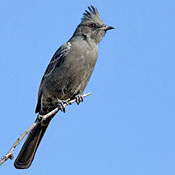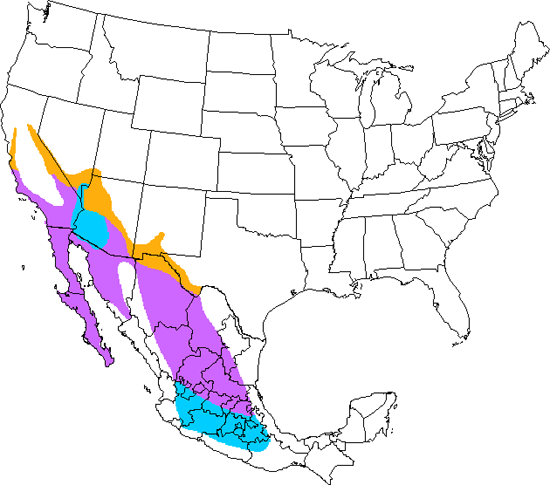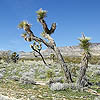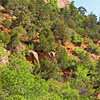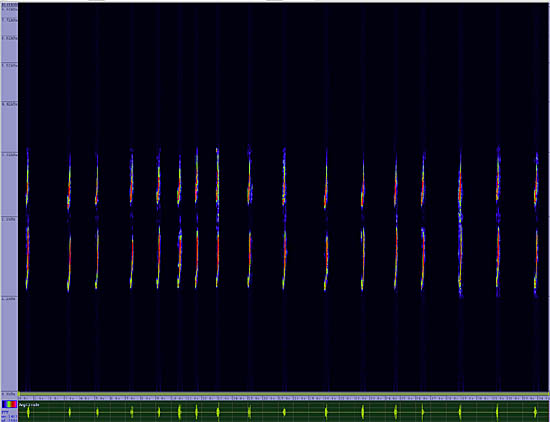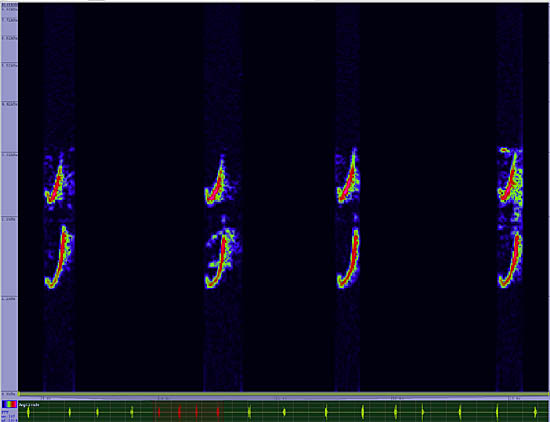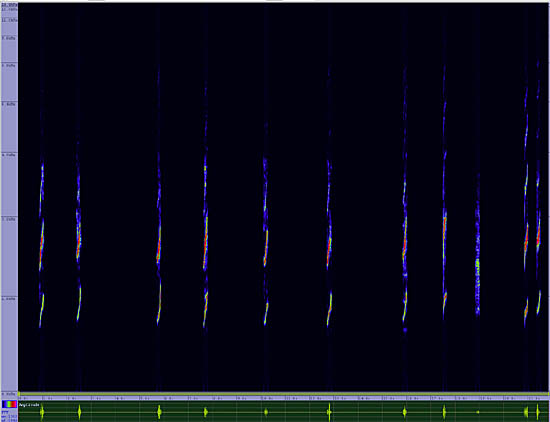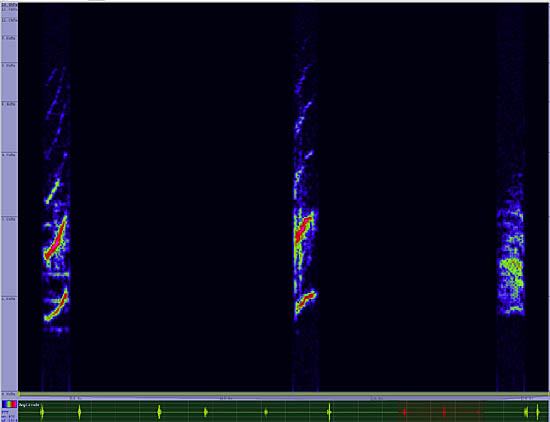Phainopepla
Phainopepla nitens

Perching
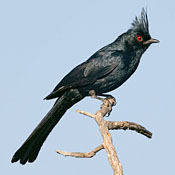
Length: 8 in. (20 cm )
Perching conspicuously at the tops of scattered trees, this desert species is easy to find. It occurs in riparian areas at lower altitudes in the winter and early spring where it makes its first nest of the year. Then in the heat of summer Phainopeplas move to moister and often higher altitudes to nest again. They depend heavily on fruits of the parasitic plant mistletoe, but they also hawk flying insects like a flycatcher to feed their young. The small nest is made of twigs, leaves and spider webbing and usually placed high in a mistletoe clump in the crown of a tree.
The four-digit banding code is PHAI.
Bibliographic details:
- Article: Phainopepla
- Author(s): Dr. Biology
- Publisher: Arizona State University School of Life Sciences Ask A Biologist
- Site name: ASU - Ask A Biologist
- Date published: 13 Jul, 2017
- Date accessed: 9 October, 2025
- Link: https://askabiologist.asu.edu/activities/bird/phainopepla
APA Style
Dr. Biology. (Thu, 07/13/2017 - 15:37). Phainopepla. ASU - Ask A Biologist. Retrieved from https://askabiologist.asu.edu/activities/bird/phainopepla
Chicago Manual of Style
Dr. Biology. "Phainopepla". ASU - Ask A Biologist. 13 Jul 2017. https://askabiologist.asu.edu/activities/bird/phainopepla
MLA 2017 Style
Dr. Biology. "Phainopepla". ASU - Ask A Biologist. 13 Jul 2017. ASU - Ask A Biologist, Web. https://askabiologist.asu.edu/activities/bird/phainopepla
Be Part of
Ask A Biologist
By volunteering, or simply sending us feedback on the site. Scientists, teachers, writers, illustrators, and translators are all important to the program. If you are interested in helping with the website we have a Volunteers page to get the process started.



